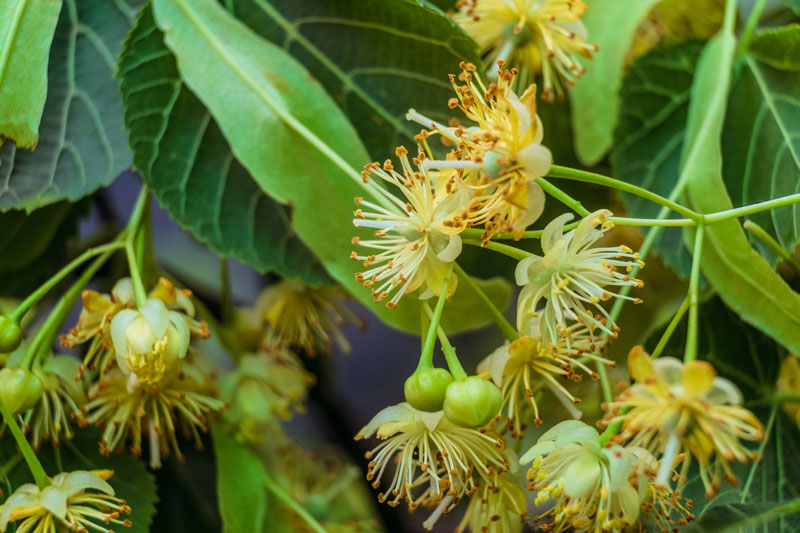From world-class birder Sherry Bixler:
“Recently, (The) Cornell (Lab of Ornithology), (National) Audubon (Society), and other organizations … released statistics showing a major decline in most North American bird species. Cornell says that 3 billion birds have been lost. Bird numbers have decreased from 12 billion birds to 9 billion in the past 50 years, down more than 25 percent.
"Native plants are the most important factor in helping the birds. Only native plants play host to the insects they need. Native plants need little water except when very young and do not need pesticides. So, please, whether you have a small city lot or a farm/ranch, make a resolution to do more in the next year, even if you just make a small start. Check audubon.org/plants and enter your ZIP code for a list of about 300 suitable plants just for your area.”
Side note: We are excited about the Audubon Native Plants Database link Sherry gave, audubon.org/plants. Not only will it give you a list of native plants for our area, but you can also filter for particular species of birds.
PRUNING FRUIT TREES
The main idea of pruning peach and other fruit trees is to remove the old, gray-colored, slow-growing shoots, which are non-fruit-bearing. We want to keep the 1-year-old, 18- to 24-inch, red-colored bearing shoots. Removing 40 percent of the tree annually stimulates new growth each spring.
The second objective of pruning is to lower the fruiting zone to a height that is comfortable to harvest the fruit.
The third is to open the center of the tree to increase air circulation, reduce disease pressure, and allow sunlight to accelerate fruit color and sweetness.
First, remove all dead limbs, rootstock suckers, and water spouts in the lower 3 feet. Next, remove all shoots above the 7-foot mark other than the red-colored, 18- to 24-inch fruiting shoots. Then, remove all shoots, which grow toward the middle of the tree. Picture an upside-down umbrella — that is what you want the finished product to look like.
Finally, remove all of the old, gray wood in the 3- to 7-foot fruit production zone.
Fruit production is the purpose of this work. For instance: Each peach tree can produce two bushels per tree. That converts to 100 pounds of peaches. So, when you are hot, tired, and sweaty, just think of the fruits you are going to enjoy this summer.
While pruning, make sure to:
- drink water
- pace yourself
- wear protective head gear, glasses, and gloves
GENTLE REMINDER
Do not be fooled by the day-to-day weather; remember the season.
And, thank you, Sherry, for your insights and expertise.
Until next time. Keep your souls and soles in your garden! Remember the True Master Gardener: Jesus said, “I am the vine; my Father is the Gardener.” John 15:1
Contact Bill Luedecke at The Luedecke Group Realtors at 512-577-1463 or email him at bill@texasland.net. Contact Martelle Luedecke at 512-769-3179 or luedeckephotography@gmail.com.

